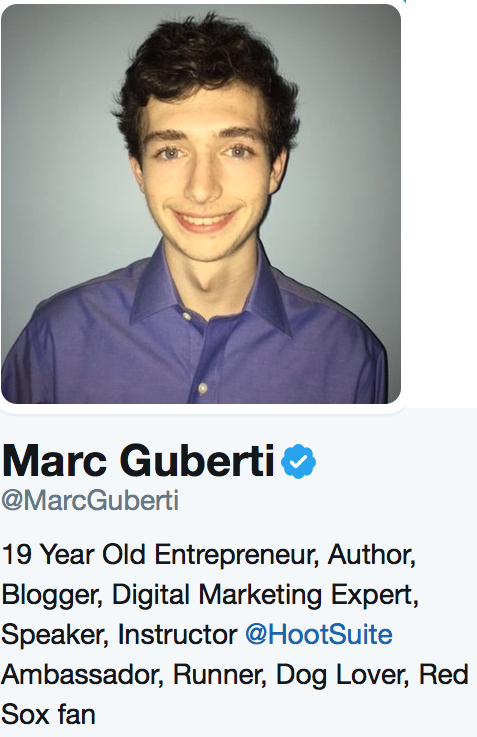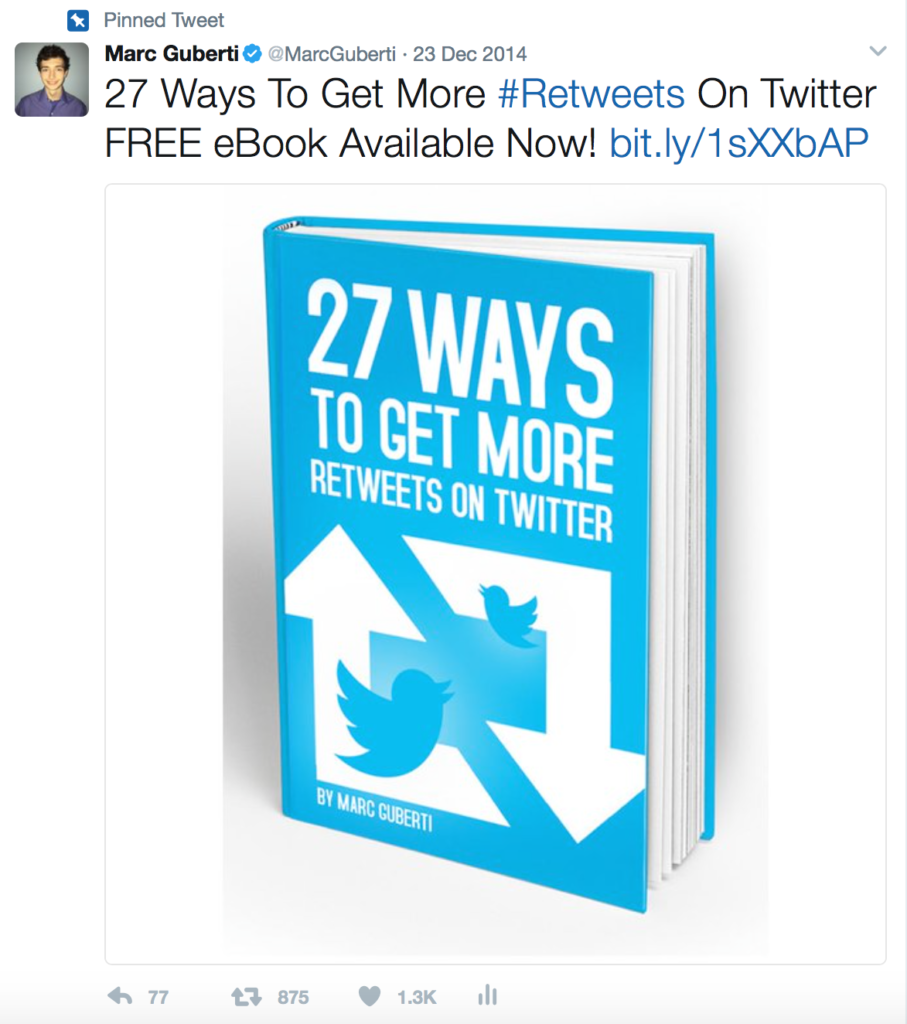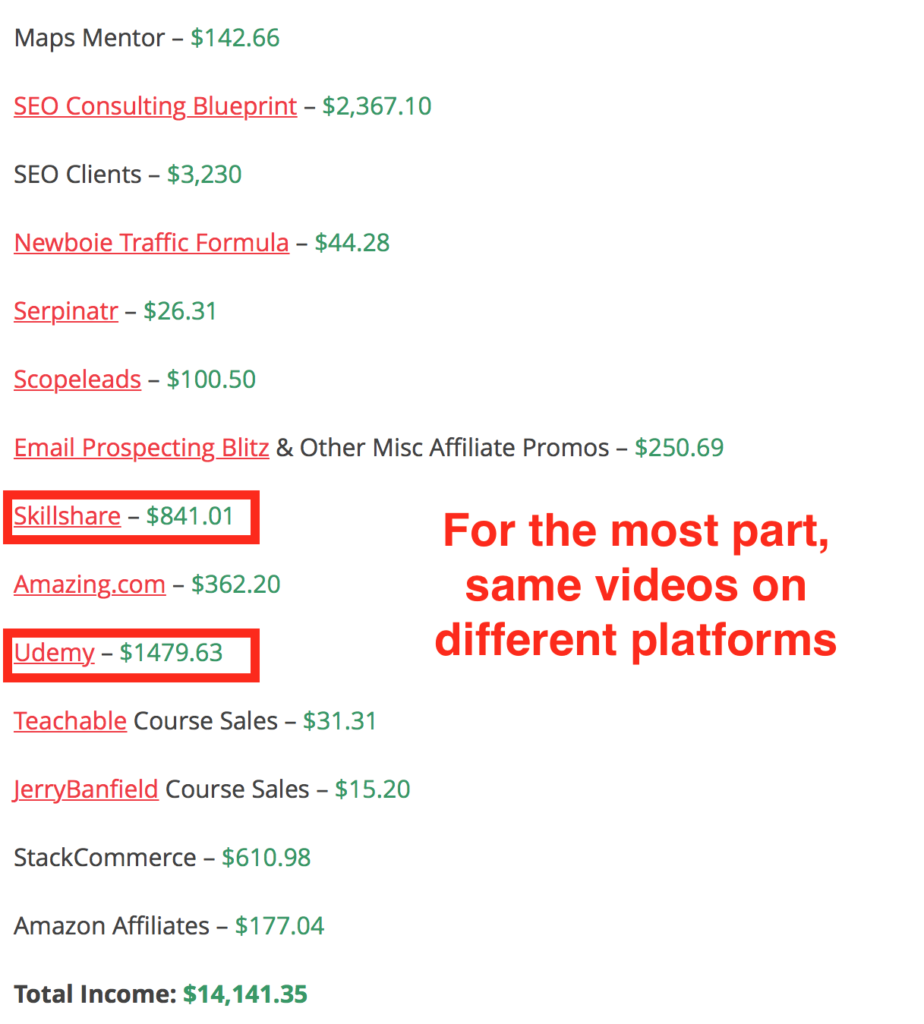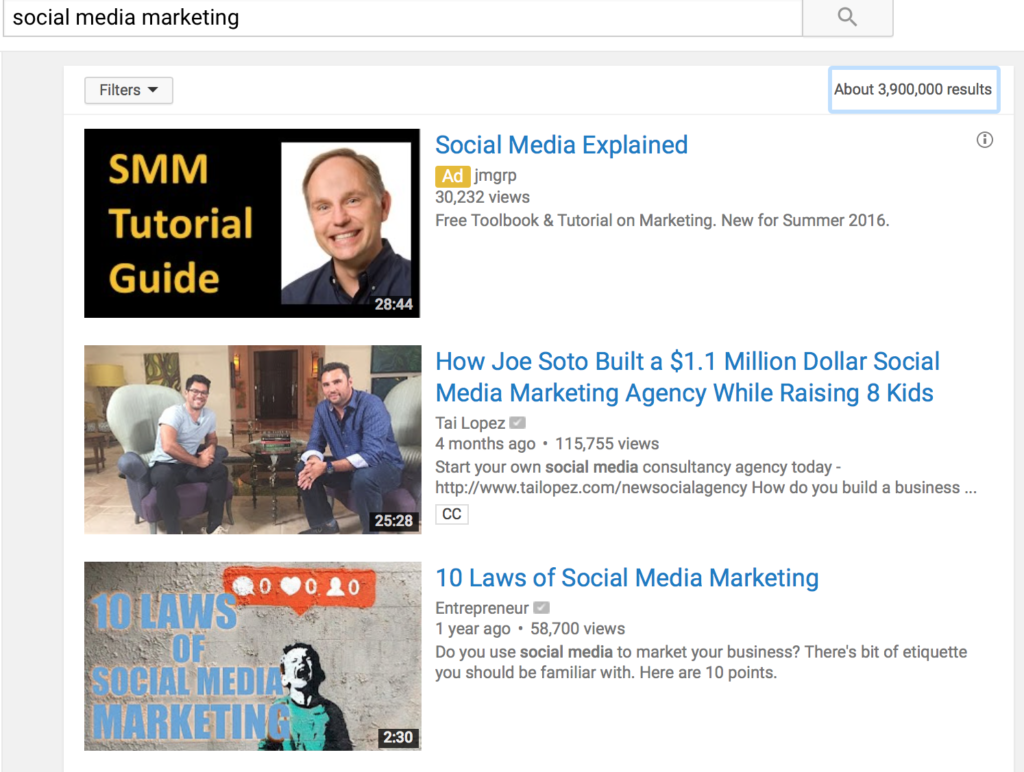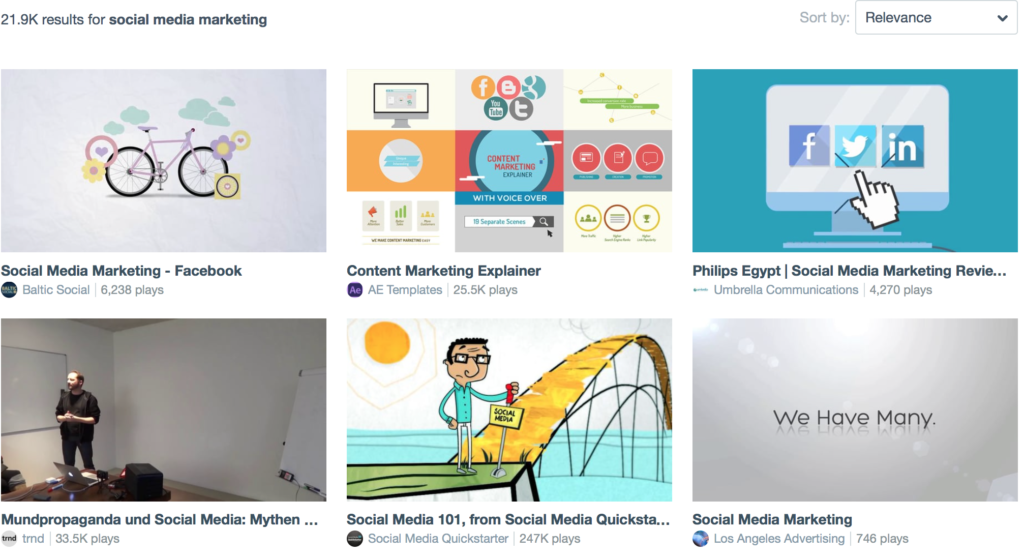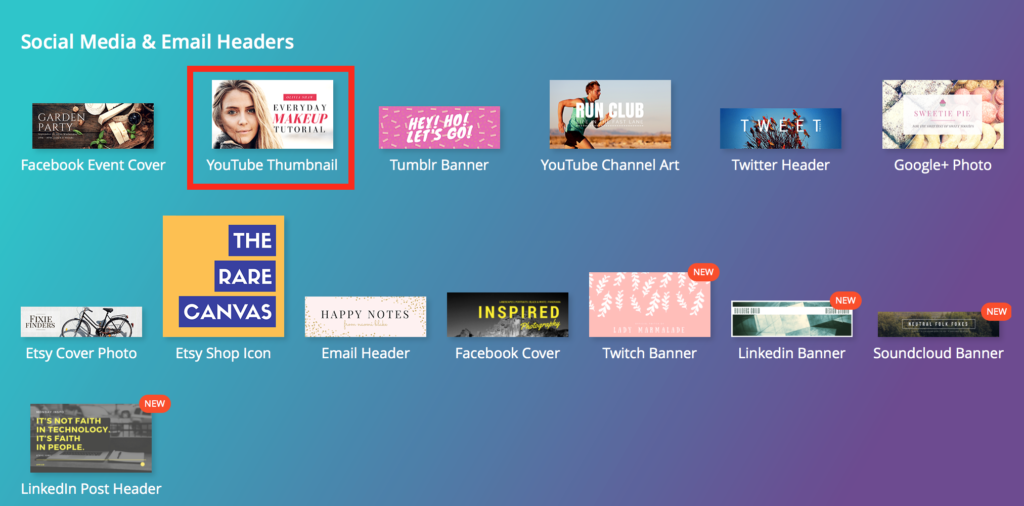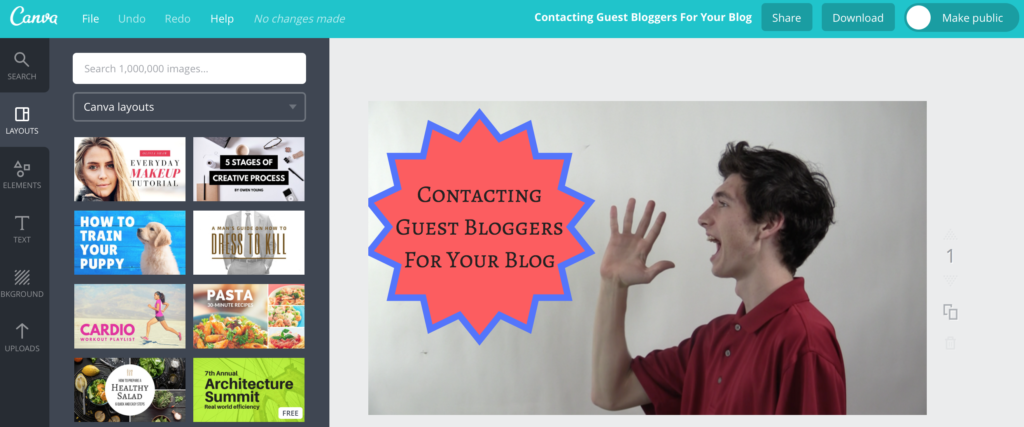How does a deaf child make it in the NBA and go on to be a KeyNote motivational speaker with a TEDx under his belt? For this episode, I had the privilege of interviewing Lance Allred, the first deaf NBA player, KeyNote motivational speaker, and bestselling author.
Hearing Lance’s story will make you question the gravity of any obstacle set in front of you. Lance was told at an early age that being deaf was a punishment from God for something he or one of his ancestors did in a past life. People always reminded him of his limitations, but he powered through.
He didn’t let his disability block him from doing things that people with perfect hearing can do. For instance, we conducted our podcast interview as a video call and then converted it to the MP3 file because Lance can read lips.
This is one of the most inspirational interviews you’ll ever hear.
“People inflict pain, because they are already in pain…Pain is just a projection” —Lance Allred
Learn
—The benefits of failure
—How to crush any obstacle in your way
—How to get rid of the bad baggage in your life
—How to pursue your dreams even if it feels risky
Key Links from the Show:
Lance’s Website — learn more about Lance and read his content
Lance’s Instagram — follow him for motivational posts
Lance’s TEDx Talk—you are doing yourself a disservice if you don’t watch this TEDx Talk.

